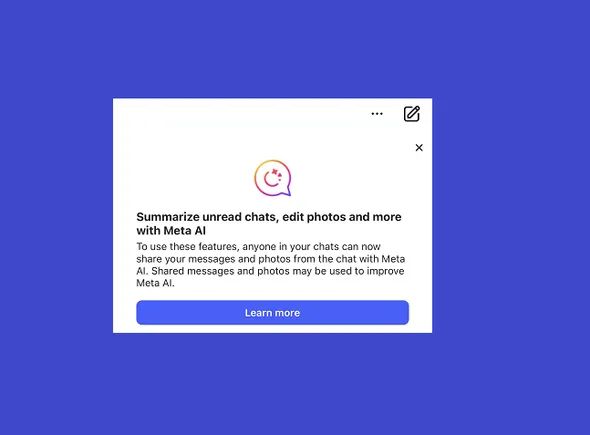The B2B sales cycle is lengthy and complex. Depending on deal size, closing a lead can drag on for weeks and even months. As each day passes, customer acquisition costs rise while the likelihood of winning the deal diminishes. Regular follow-ups, reminders and negotiations offer little to no satisfaction for both parties.
Sales isn’t easy. But after 15 years in relationship-based sales and management, I can tell there’s a solution to close deals 25% to 30% faster. Read on to discover the six tried-and-true strategies that you can use to shorten your sales cycle.
1. Identify your ideal customers precisely
Developing a solid ideal customer profile (ICP) is your starting point for B2B marketing success. Here are a few things for you to focus on.
Pick your players
Think about the industries and roles that would be a perfect fit for your product or service. Who was your product created for, and who brings the greatest value to the business? What current relationships would you love to clone? Consider factors like industry size, growth potential and decision-making processes.
Questions to ask:
- Who would be your dream client?
- Where do they work?
Example: VP or Head of Sales at a 200+ employee SaaS company. They offer a CRM solution to healthcare institutions and pharmaceutical companies.
Dig deep
Do thorough research on these potential clients. Gather insights into your target audience’s demographics, needs, pain points and buying behaviors.
Identify the gaps in their current solutions and how your product or service can effectively address those pain points. Use industry reports, surveys, social media engagement and competitor analysis to retrieve as much info about your potential clients as possible.
Questions to ask:
- What problems do they face in their day-to-day operations?
- How do they make decisions?
- What tools and solutions do they use currently?
Example: They struggle to get in touch with the decision-makers from large pharma companies, as oftentimes, divisions of these companies aren’t entitled to make independent decisions and need to approve everything with the head office. They use Salesforce as their current CRM, which is good but poses challenges in onboarding new people and requires specific knowledge for customization.
Show your value
Explain why these clients should choose you. Highlight what sets your offering apart from competitors and what tangible benefits and solutions you provide. You can also add links to relevant case studies, if any.
Questions to ask:
- Why should they choose you?
- How can you tackle their challenges with your solutions or services?
Example:
- Matching you with C-level decision-makers from Abbott, Pfizer, Roche, Sanofi and other pharma companies. Helped {{Company}} increase conversions from lead to opportunity by 67% and from opportunity to deal by 35%.
Overall, your ICP should be like a roadmap, helping you find clients whose challenges match what you excel at.
Dig deeper: Why B2B buyers now hate traditional B2B selling
2. Launch a well-thought lead qualification system
Now, set a firewall to ensure inbound leads match your ICP. A lead scoring system will help you focus your time and resources on the most promising leads. Check out its key elements:
- Budget check. Verify your leads have the money for your product or service. This sets the stage for a successful partnership.
- Company size. Which companies are most likely to benefit from your offerings? For instance, you may focus on startups or enterprises, or cover businesses of all sizes.
- HQ location. Though remote-first work eliminated the need to be tied to a specific place, time zone and cultural nuances remain. You might be super experienced working in the North American market but a complete newbie to Europe or Asia-Pacific. Filtering the leads by location will help you ensure you can deliver what you commit to.

Take Martech’s 2024 Salary and Career Survey
From AI to layoffs, it’s been quite a year. We’d like to know how it’s been for you. Please take this short survey so we can have your input on the state of martech salaries and careers.
3. Tailor outreach to sound personal
Another obvious yet often ignored point is to adapt outreach messages and sales pitches to clients’ pain points. Remember, it’s not just about selling something — it’s about being a problem solver.
And yes, personalization isn’t just about {{FirstName}}. To put it short, there are three crucial steps to make your emails resonate:
- Do your homework. Grab as many details about your ICP and their company as you can, including their challenges and goals.
- Show you understand. Acknowledge a specific problem they might be facing.
- Offer solutions, not just products or services. Instead of a generic pitch, suggest how your product/service directly helps your potential clients.
Here’s an example of how to apply those principles in your messaging:
Subject Line A: (a problem that you solve) on {{Company}}’s invoice handling
Subject Line B: (a problem that you solve) AP agility and control for {{Company}}
Hi {{FirstName}},
(short value prop + question to identify need) I am looking for the person at {{Company}} who is concerned with optimizing cash flow and the Accounts Payable function; would that be you or {{Referral_Name}}?
(a problem that you solve) I’m with {{Company}}, we specialize in providing the technology to streamline invoice handling. As 2023 is drawing to a close, we’re seeing companies where AP departments receive a high proportion of nonconforming invoices, with suppliers not set up in ERP, no valid PO quoted, etc. Many organizations aspire to automate and unify the process, too.
(value prop) I thought some of these challenges are so universal that {{Company}} could see them as relevant. We have the technology to centralize the AP function, optimize the invoicing process and automate AP, with over 300,000 e-invoices handled annually.
(call-to-action) How about a brief chat on {{Date}} to see if that is useful?
Cheers,
{{YourName}}
Dig deeper: 5 strategies B2B marketing and sales teams can bank on as markets tighten
4. Harness the power of automation
Automation in your marketing and sales processes helps you streamline repetitive tasks, freeing up your time to build connections and close deals. Here’s a simple breakdown of what can be automated:
- Lead scoring from website forms. You can use tools like ChiliPiper, Qualified, Drift and others to check your inbound leads against your ICP. If they get a certain score, they are qualified to move further down the funnel.
- Opportunities distribution. Rather than manually assigning leads to team members, a round-robin system can do it fairly. This ensures everyone on your team gets a chance.
- Call scheduling. Automation tools can handle booking appointments, helping you save time aligning schedules and avoiding back-and-forth messaging.
- Task reminders. Most CRMs have such a default option, ensuring important to-dos don’t slip through the cracks.
- Messaging. Canned messages are pre-written responses that save you time while keeping your communication consistent. No need to type out the same responses repeatedly.
Dig deeper: 6 simple automations every B2B organization needs to have
5. Optimize sales processes
To achieve peak performance, you should equip your team with the right tools and establish smooth processes. Let’s consider some key strategies for that:
- Separate team for manual tasks. Sometimes, adding more people to handle manual tasks, like sales enablement, can free up your sales executives to focus more on actual communication with potential clients and sealing the deals.
- Marketing-led lead nurturing. Effective lead nurturing by the marketing team is essential to warm up prospects and move them through the sales funnel. This involves creating relevant content for each stage of the cycle, including case studies, reviews and sales decks.
6. Follow up regularly
Finally, following up with leads quickly and persistently can keep the sales momentum. Our internal data at Belkins revealed that:
- Speedy re-engagement matters. Waiting no more than three days before following up brings the greatest increase in reply rate (around 31%).
- Persistence pays off. The first follow-up boosts the response rate by 49%, while the second one boosts it by an extra 9%. At the same time, avoid being too pushy, as starting with the sixth email in a row, reply rates drop dramatically.
Remember, follow-ups are not just about checking in; they are about continuing the conversation, providing value and demonstrating your commitment to helping potential customers achieve their goals.
Don’t always ask for things when you follow up. Sometimes, I will send a follow-up to a prospect that includes a valuable article that I just read regarding their industry. People appreciate it when they are considered and letting them know that you were just thinking about them and wanted to share a piece of valuable content will go a long way.
Dig deeper: How B2B marketers can help sales overcome customer indecision
Accelerating your B2B sales
Mastering these six strategies can help you significantly shorten your sales cycle and enhance your chances of winning more deals. So, dive in, try them out and watch your sales process become a well-tuned engine for success.
The post 6 winning strategies to shorten your B2B sales cycle appeared first on MarTech.






















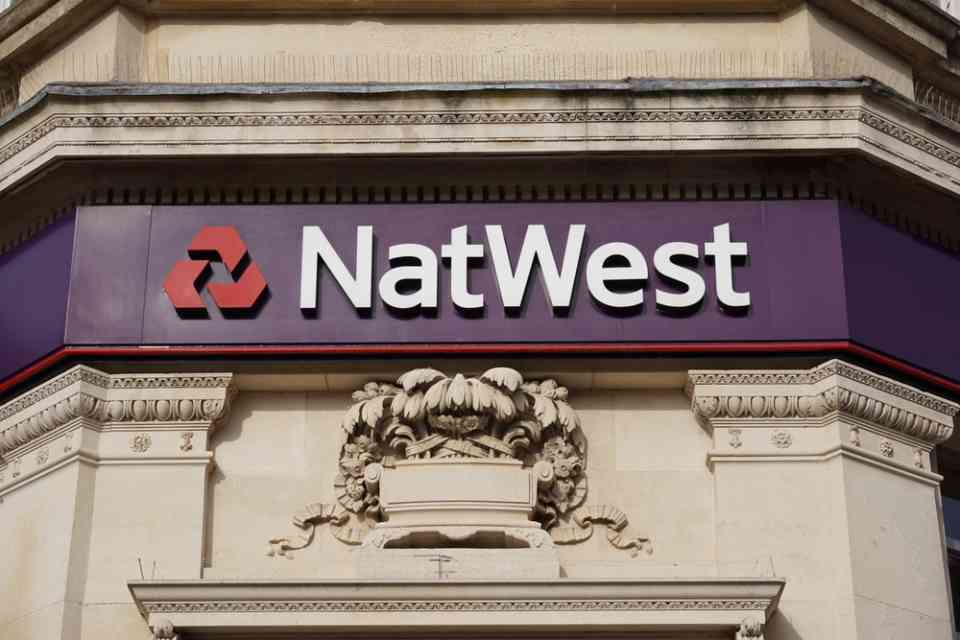





























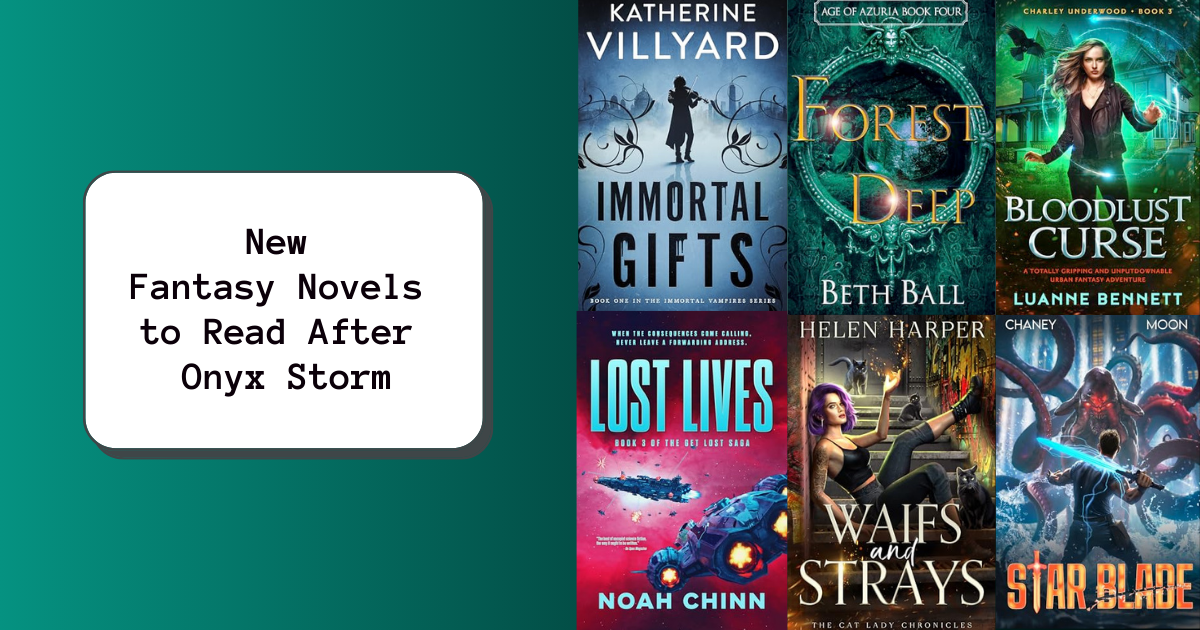




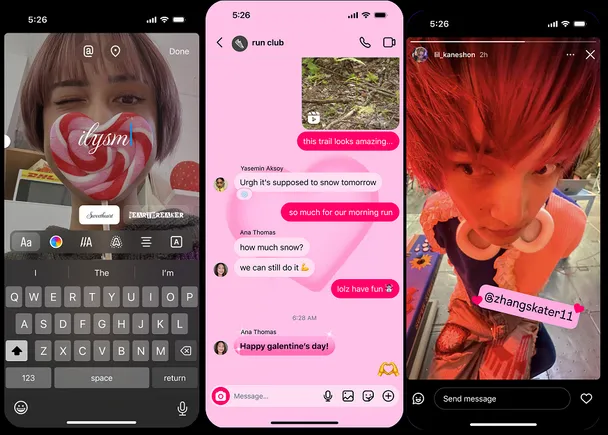
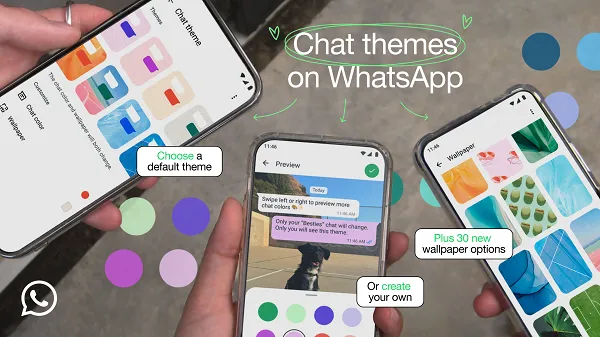
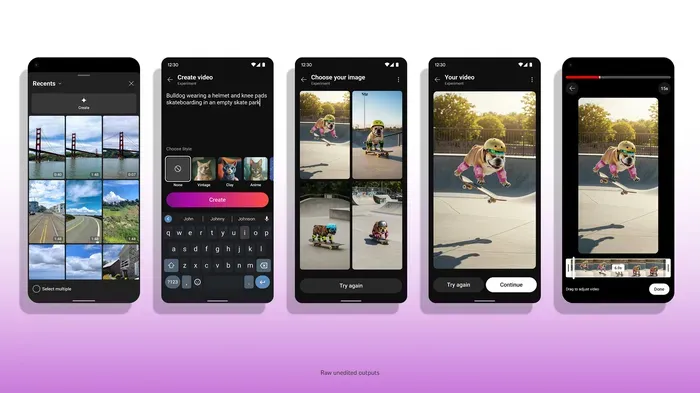
![6 Essential Ingredients for Winning Ads [Infographic] 6 Essential Ingredients for Winning Ads [Infographic]](https://imgproxy.divecdn.com/uTNt2ASUWhVsKl22uIAMtoyUXTeSV_b9Sst3p7mB1gg/g:ce/rs:fit:770:435/Z3M6Ly9kaXZlc2l0ZS1zdG9yYWdlL2RpdmVpbWFnZS82X2FkX2VsZW1lbnRzXzIucG5n.webp)






